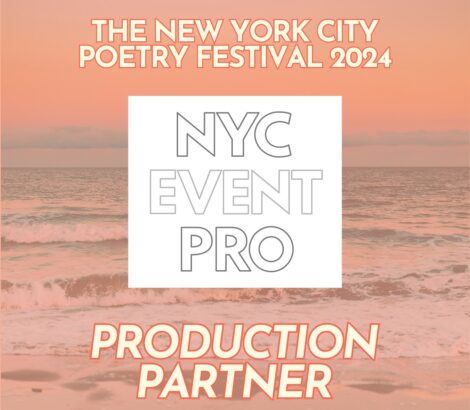Lighting plays a crucial role in motion mapping because it establishes the mood and feel of the display. Different lighting methods can evoke various feelings and reactions from the viewers. For example, using gentle, cozy lights can create a welcoming atmosphere, while bright, cold lights may produce a more energetic or intense impact. By thoughtfully choosing light colors and intensities, artists can manipulate how viewers interpret the displayed visuals, leading to a more engaging experience. The balance between mapping luminance and ambient illumination is crucial, as it can significantly affect the visibility and impact of the visuals.
In view addition, color and intensity, the angle of light also influences the efficacy of projection. Lighting from different directions can create contrast and highlights that introduce dimension to the projected visuals. This method, known as chiaroscuro, can enhance the 3D quality of the subjects being projected. Furthermore, using moving lights can introduce dynamism to the exhibit, making the encounter more engaging for the audience. When the illumination interacts with the mapped images, it can produce an illusion of motion and change, grabbing the audience's focus.
Another important aspect of lighting in projection in the use of special effects. Methods such as patterned illumination, which employs shapes and forms to project light, can add depth and intricacy to the projections. This approach enables creators to superimpose visuals and produce aesthetically captivating results that enhance the projection. Moreover, adding laser lights or light-emitting diode illumination can additionally improve the exhibit, projection mapping for dance performances providing a distinct mix of sight components that draw the audience in. These unique features, when used carefully, can transform the mapping beyond a simple show to an immersive piece of art.
In conclusion, the impact of illumination techniques on video mapping is significant. By comprehending how various illumination components interact with projected visuals, creators can produce captivating experiences that resonate with audience. The careful selection of color, intensity, angle, and special effects enables for a vivid canvas of visual storytelling. As technology continues to evolve, the options for artistic expression in projection will only grow, making lighting an increasingly vital component in this innovative creative medium.
